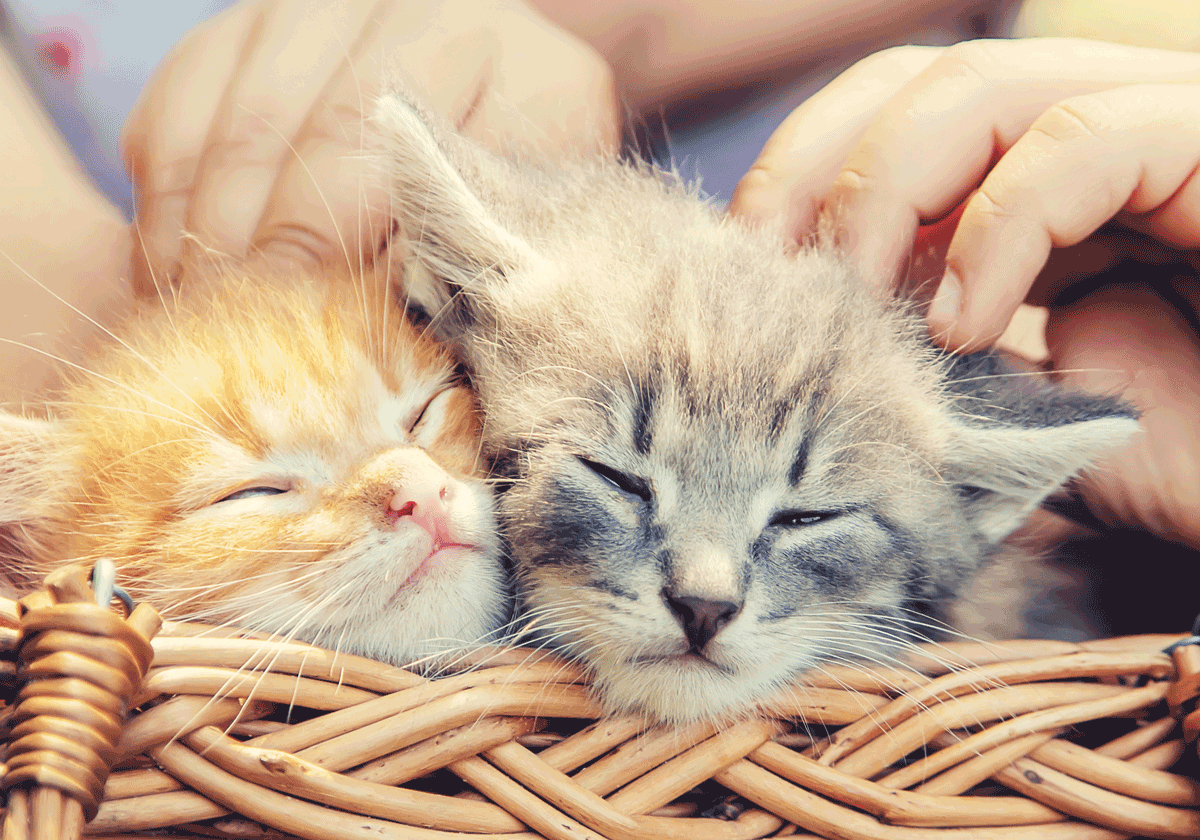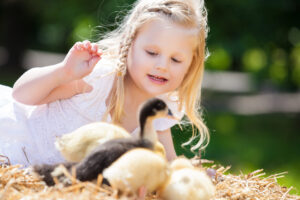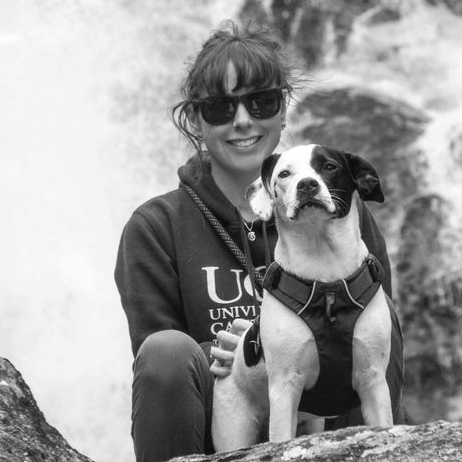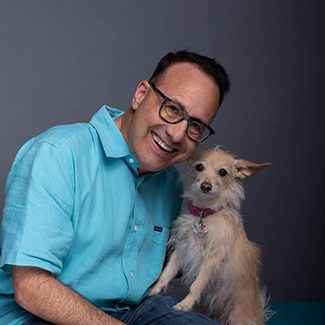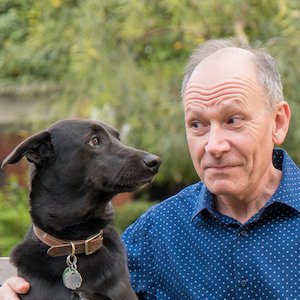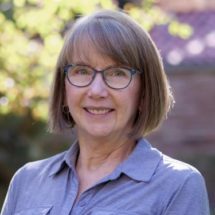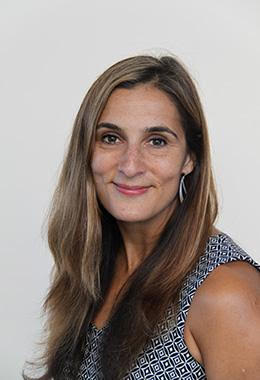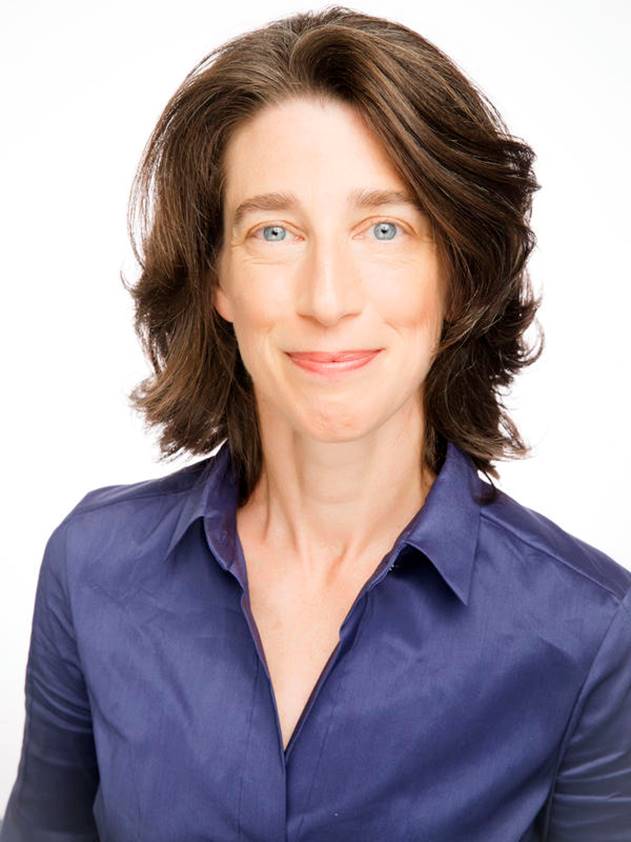Maya Gupta earned her B.A. from Columbia University and her M.S. and Ph.D. in clinical psychology from the University of Georgia. Her interests center on the psychology of animal cruelty; assessment/intervention with cruelty offenders; connections between animal cruelty and interpersonal violence, particularly domestic violence; and using this knowledge to improve community response to violence in all forms. Dr. Gupta previously held roles as Executive Director of the Animals & Society Institute and as Executive Director of the Ahimsa House domestic violence safe haven program for animals. She has also contracted for animal welfare organizations on program development and evaluation, served as a consultant for research projects on human-animal interaction, and provided expert witness services for animal cruelty cases. She is currently Senior Director of Applied Research with the American Society for the Prevention of Cruelty to Animals.
In addition to teaching for Canisius, she is an instructor for the Veterinary Forensic Sciences Program at the University of Florida. Her current professional service includes the Steering Committee of the National Link Coalition, the Animal Cruelty Advisory Council of the Association of Prosecuting Attorneys, the Board of Directors of Mojave Animal Protection, the Advisory Council of Ahimsa House, the Advisory Team of Pets for Vets, the Governing Body of the Section on Human-Animal Interaction in the American Psychological Association, and serving as an Action Editor for the Human-Animal Interaction Bulletin.

